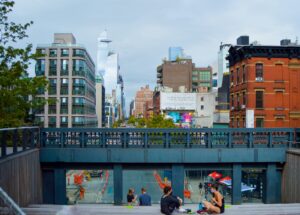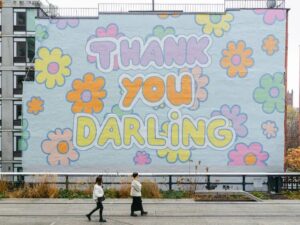The rapid growth of cities comes with many challenges. How can we build greener? And how can we support the health and wellbeing of the people living in urban areas?
This seems to involve a trade-off. Many studies show that denser neighbourhoods are relatively better for the planet, but come with higher depression risks.
It may seem unsurprising that depression is less common in the countryside. Stress, noise, air pollution, loneliness and lack of sunlight on the ground floor of a high-rise apartment are just a few examples of the challenges faced by urban dwellers. These factors may in fact be behind the 39% increased risk of depression for urban areas in western European countries and in the US.
But as it turns out, some urban areas are better than others. My colleagues and I have produced a new study, published in Science Advances, which shows that people in the suburbs are more likely to be depressed than those in city centres.
Important factors
We wanted to find out which factors in the built environment were the most important for psychological wellbeing so that cities can be designed better to be both sustainable and supportive of mental health.
A hectare of land can house the same amount of population with dense low-rises or sparse high-rises. High rises can be either in dense bustling business districts or in less dense city areas with fancy apartments facing a large green.
Suburbs, however, tend to have a medium density of low-rise buildings. Which approach should we take?
Read the full article on The Conversation
Authors: Karen Chen and Stephan Barthel
Recommended by Graeme Hanssen











More Stories
A stealthy reimagining of urban public space by Elizabeth Diller
Security by Design: Protection of public spaces from terrorist attacks
10 years of Global Public Space Programme – Annual Report 2022 and reflections on a Decade of Public Space